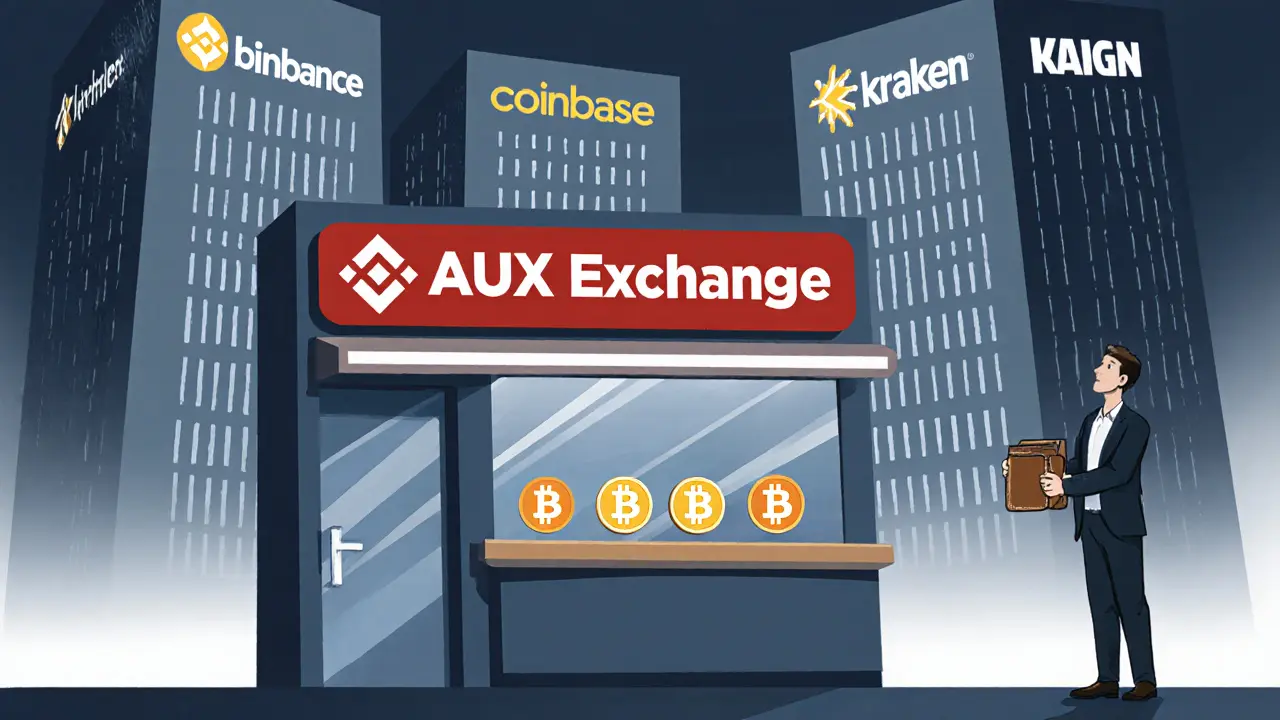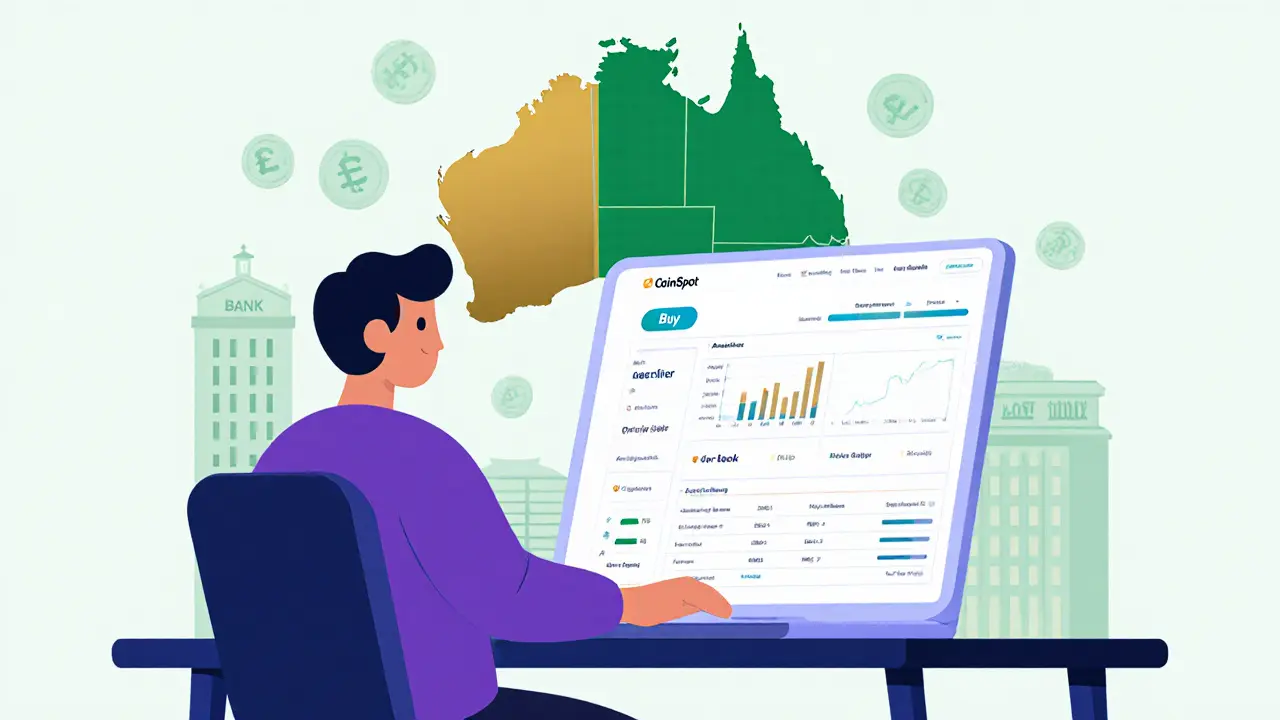Crypto Exchange Fees: What You Need to Know
When dealing with crypto exchange fees, the charges you pay for buying, selling, or moving digital assets on a platform. Also known as trading costs, they can make or break a small trade. Maker‑taker model, a pricing system that rewards liquidity providers (makers) and charges those who take liquidity (takers) is a common way exchanges set these rates. Withdrawal fees, the flat or percentage charge applied when you move crypto off the exchange add another layer of cost. And if you browse non‑KYC exchanges, platforms that let you trade without identity verification, you’ll often see lower headline fees but higher risk. crypto exchange fees encompass maker‑taker charges, withdrawal costs, and hidden spreads; understanding them requires looking at your trading volume, the assets you use, and the exchange’s fee tier. A higher volume usually drops the taker rate, which shows how fee structures depend on activity. This relationship between volume and cost influences how profitable a day‑trader can be. Likewise, the choice between a centralized exchange with strict KYC and a privacy‑focused DEX changes the fee landscape entirely, affecting both your bottom line and your privacy.
Key Fee Types to Watch
Most exchanges break fees into three buckets: trading fees, withdrawal fees, and hidden spreads. Trading fees are the percentages taken on each order, usually expressed as a maker rate and a taker rate. For example, a 0.10 % maker fee versus a 0.20 % taker fee means you pay half as much when you add liquidity to the order book. Many platforms also reward high‑volume users with tiered discounts, so a trader moving $10 million a month might see rates as low as 0.02 %. Withdrawal fees are easier to spot – they appear as a flat amount per coin, like 0.0005 BTC or a small percentage for tokens on congested networks. Some exchanges charge a higher fee for instant withdrawals to cover the extra gas costs. Hidden spreads are the difference between the market price you see and the price you actually get after the exchange adds its margin. Even a zero‑percent trading fee can hide a 0.3 % spread that chips away at profit. When you compare a major centralized exchange with a non‑KYC or decentralized alternative, you’ll notice the latter often advertises “zero fees” but compensates with larger spreads or slower order execution. That trade‑off matters for anyone who trades frequently or moves large sums. To keep costs low, start by calculating the total cost of a round‑trip trade – buy, hold, and withdraw – instead of looking at each component in isolation. This holistic view reveals whether a low‑fee platform truly saves you money or just shifts the expense elsewhere. Using free fee calculators many sites provide can help you see the impact of volume, asset type, and withdrawal method in real time.
If you’re building a crypto portfolio, the best way to tame exchange costs is to treat them like any other expense: track them, compare them, and choose the right tool for the job. First, list the tokens you trade most often and check each exchange’s fee schedule for those assets. Some platforms waive fees on popular pairs like BTC/USDT but charge full rates on smaller altcoins. Second, factor in your preferred withdrawal method – a fast fiat payout often carries a higher service charge than a simple on‑chain transfer. Third, watch out for promotional fee reductions that disappear after a month; they can lure you into a risky exchange that later raises rates. Finally, consider hybrid strategies: use a low‑fee exchange for high‑volume trades, keep a secure non‑KYC platform for occasional privacy‑focused moves, and store the bulk of your holdings in a hardware wallet to avoid withdrawal costs altogether. The articles below dive into specific exchanges, real‑world fee calculations, and how regulatory changes in places like Kuwait or India affect pricing. They also cover the rise of non‑KYC services and the pitfalls of hidden spreads. Browse the collection to see detailed reviews, compare fee tables, and pick the exchange that fits your trading style without eating into your gains.
AUX Exchange Review: Is This Tiny DEX Worth Your Crypto?
A thorough AUX Exchange review covering assets, fees, security, user experience, and how it compares to major crypto exchanges.
CoinSpot Crypto Exchange Review 2025: Fees, Security & Features
A 2025 review of CoinSpot, Australia's top crypto exchange, covering fees, security, supported assets, user experience, and who should use it.






